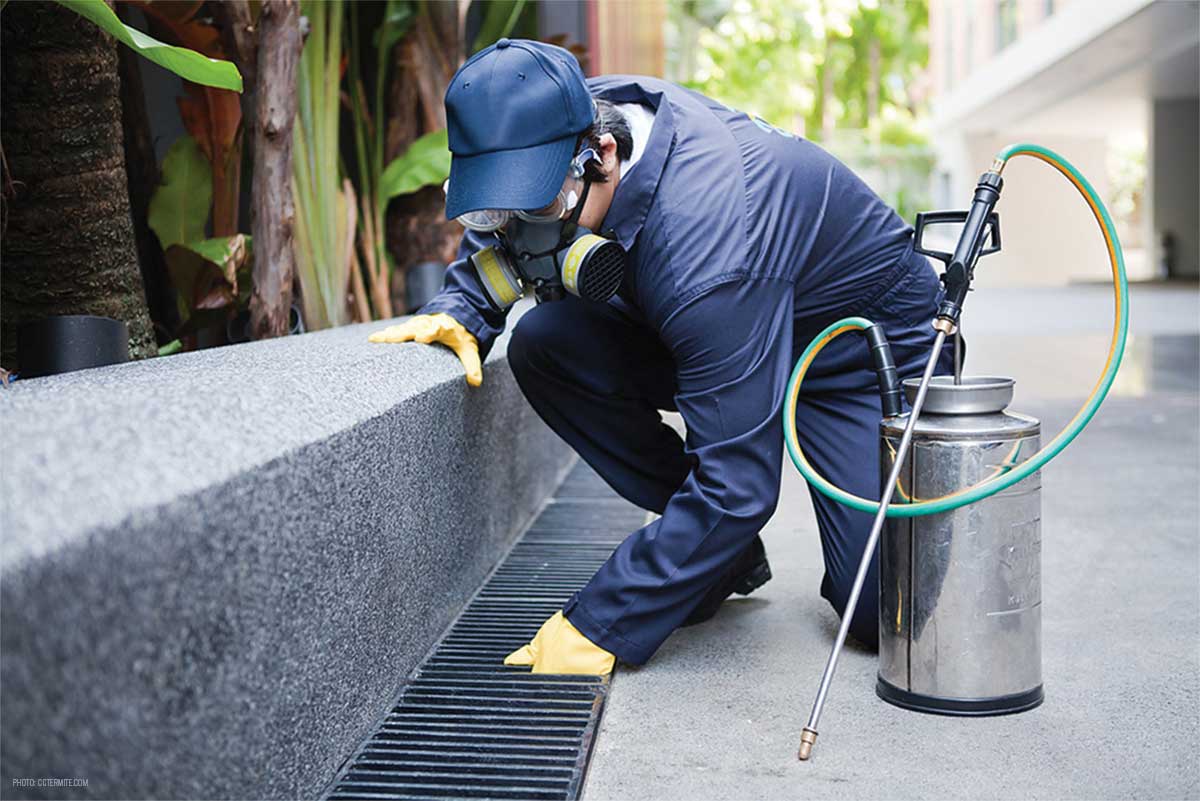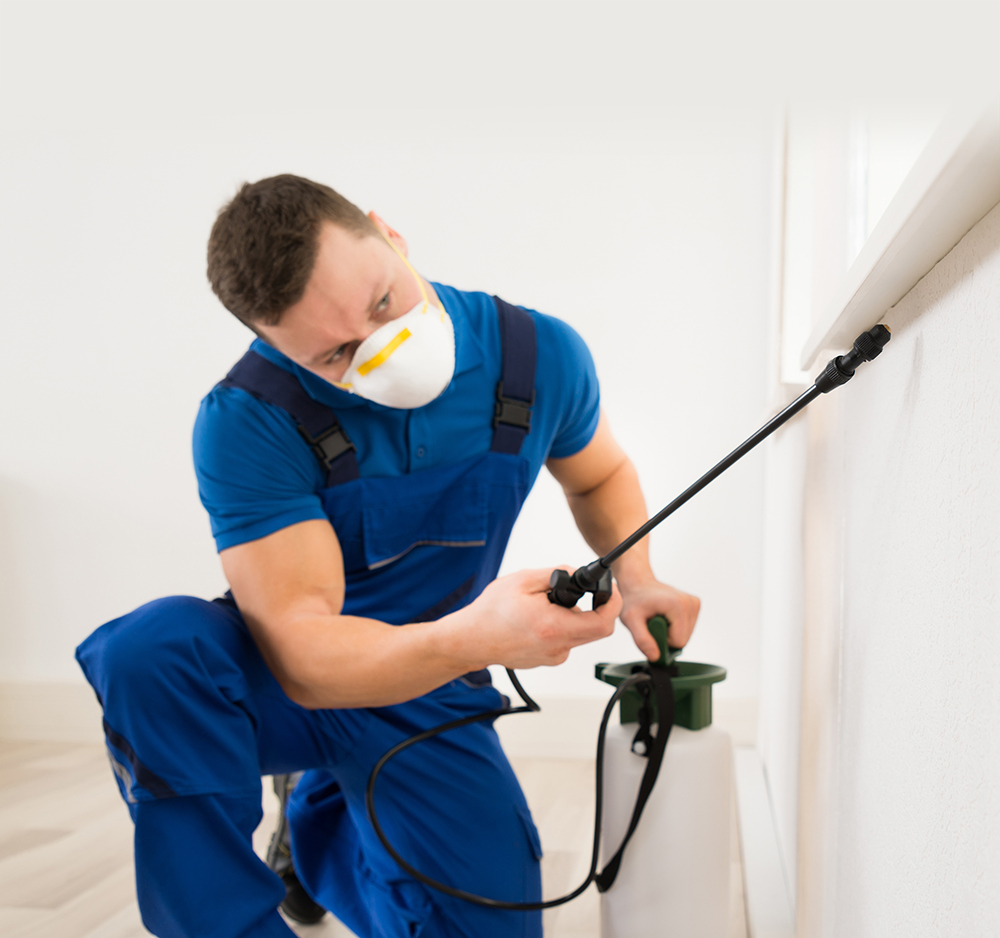Efficient Bed Bug Treatment: Remove Infestations Safely!
Efficient Bed Bug Treatment: Remove Infestations Safely!
Blog Article
Expert Bug Control Techniques for Long-Term Outcomes
Expert parasite control methods envelop an extensive technique that begins with a detailed evaluation and evaluation, adhered to by precise bug identification to comprehend their habits patterns. The application of Integrated Insect Management (IPM) concepts, paired with eco-conscious therapies, forms the keystone of sustainable bug removal.
Evaluation and Assessment
Upon getting in a residential or commercial property for bug control solutions, the initial action is an extensive inspection and assessment to identify the degree of the invasion and figure out one of the most effective therapy plan. Expert bug control professionals are trained to diligently check out the properties, searching for indications of insect activity such as droppings, nibble marks, nests, or any structural damages. They will additionally evaluate the conditions that may be drawing in bugs, such as food resources, water leaks, or entry points.

Parasite Recognition and Habits

In addition, recognizing the habits of the determined parasite is essential to executing efficient control actions. Understanding where insects nest, what they feed on, and their task patterns can help pest control professionals design approaches to eradicate them effectively.
Integrated Parasite Administration (IPM)
Integrated Parasite Management (IPM) techniques incorporate numerous methods to manage and prevent bug problems in a lasting and eco-friendly manner. exterminator. By integrating techniques such as organic control, habitat adjustment, adjustment of cultural techniques, and using immune varieties, IPM intends to lessen making use of chemical pesticides
One of the vital concepts of IPM is the focus on avoidance. This proactive method includes surveillance insect populaces on a regular basis to identify any type of potential problems before they click to investigate rise. By determining insect troubles beforehand, pest control steps can be applied quickly and properly.
Additionally, IPM advertises making use of safe bug control methods whenever feasible. This can include employing all-natural predators of the parasites, introducing valuable pests, or using scents to disrupt mating patterns. By decreasing reliance on chemical pesticides, IPM not just shields the environment but likewise helps maintain a balance in the community.
Environmentally-Friendly Therapies
Carrying out eco-conscious methods in bug control procedures can successfully resolve problems while focusing on ecological sustainability. Environmentally-friendly therapies concentrate on lessening the influence of parasite control approaches on communities, non-target organisms, and human health.
One more secret facet of environmentally-friendly treatments is the usage of natural and naturally degradable products that break down promptly without leaving harmful deposits in the setting. Agricultural insecticides stemmed from plants like chrysanthemums or neem offer reliable pest control while presenting very little danger to non-target types. In addition, using approaches like heat treatments or scent traps can bed bug eradication target particular insects with precision, reducing the overall ecological effect of bug control methods.
Recurring Surveillance and Maintenance
Consistent surveillance and maintenance are important parts of reliable pest control administration. Recurring surveillance plays an essential duty in guaranteeing that bug invasions are found very early and taken care of quickly. Normal inspections by qualified experts are required to identify any type of indicators of parasite activity, examine the effectiveness of previous treatments, and make adjustments to the bug control plan as required. By keeping an eye on bug populations with time, pest control specialists can track patterns, anticipate possible problems, and carry out preventative procedures to decrease the risk of future invasions.
In addition to tracking, upkeep methods are vital for long-term parasite control success. This consists of executing proper cleanliness my link actions to get rid of possible food and water sources for pests, securing off entrance factors to stop insects from entering the properties, and dealing with any type of structural issues that might assist in bug infestations (pest control). By incorporating ongoing tracking and maintenance right into an integrated parasite administration strategy, organizations can make sure a pest-free environment and safeguard their residential or commercial property against pricey damages and health dangers
Final Thought
To conclude, using expert insect control strategies such as complete assessment and analysis, accurate parasite recognition and understanding of their behavior, incorporated parasite management approaches, environmentally-friendly treatments, and continuous tracking and maintenance are vital for attaining lasting lead to bug control. By executing these approaches, people can successfully take care of insect problems and maintain a pest-free environment in a lasting way.
Report this page